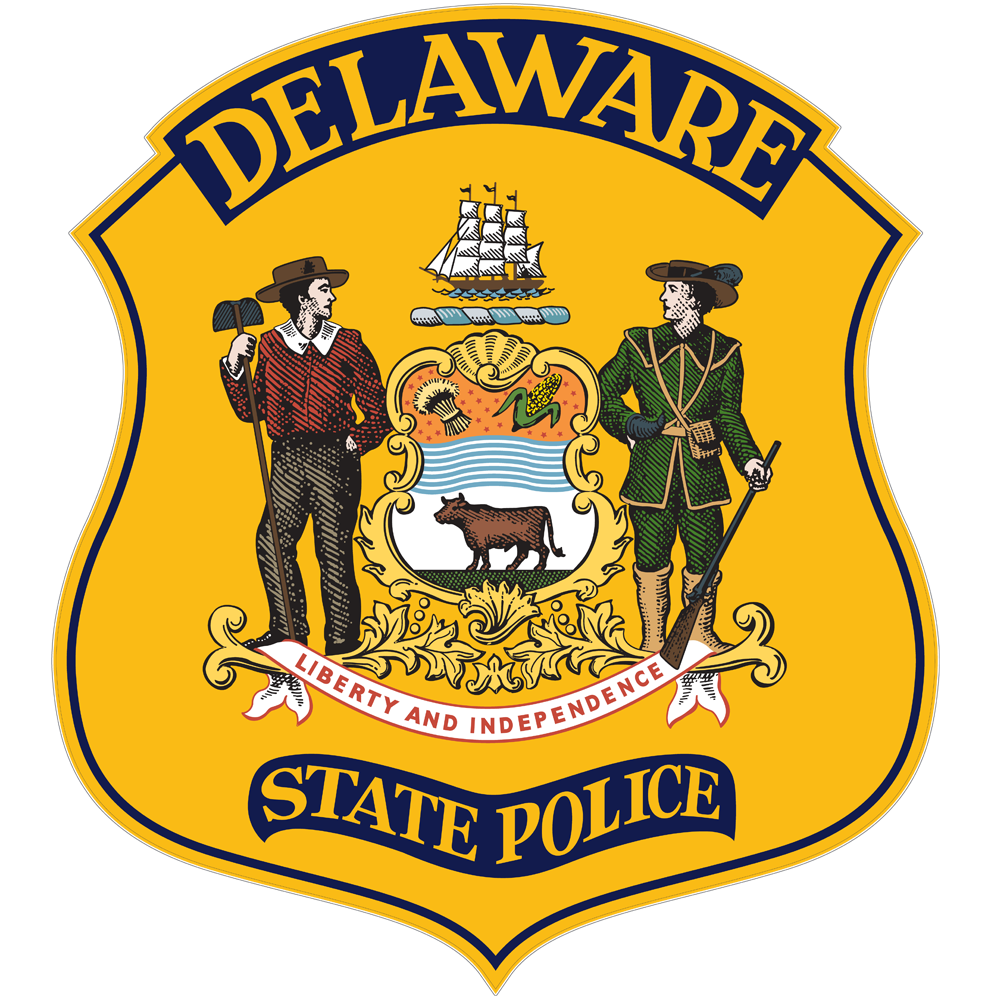Date Posted: Wednesday, November 16th, 2016
Presented by the Director of Public Information Sergeant Richard D. Bratz
The deer hunting season is here and the Delaware State Police would like to kindly remind the motoring public about the following tips:
- In November, dusk and dawn = high deer-crossing times.
- Do NOT feel more secure on highways just because they are better lit than back roads- speeds are higher and deer eyes are more difficult to see on highways- so drive cautiously and remain alert at all times.
- Do NOT take your eyes off of the roadway. It’s that split second of changing the radio channel, or reaching for something that can make the difference to avoid a deer.
Released: 111616 1441
-End-
Caution! Deer Crashes in Delaware
The Delaware State Police would like to remind motorists that the deer rut and hunting season is fast-approaching during the months of October and November; therefore, we would like to help prevent the spike in deer-related crashes that typically occur every fall in Delaware. Our news releases will go out to inform travelers three different times in the next few months starting in September until December. The friendly reminders will hopefully keep our drivers safe, more alert and will also lead them to slow down during this specific time of the year.
In 2015, there were 876 deer crashes investigated in Sussex County; 391 in Kent County and 524 in New Castle County. Majority of deer activity resulting in crashes occurred during dusk and dawn hour.
Overall, many of these animal or deer-related crashes occurred along the main corridors of SR 1, U.S. Route 13 and U.S. Route 113 during the 6:00 a.m. hour. During the 5:00 p.m. hour a significant number of crashes occurred on secondary roads.
Please be careful when traveling and keep a sharp eye out for deer crossing roadways, especially at dusk. Deer are even more active due to their annual mating season ‘rut’ in November with bucks chasing doe through fields, marshes and woods. The average white-tailed deer in Delaware weighs approximately 130 pounds, with larger bucks tipping the scales at 180 pounds or more. With the increased white-tailed deer activity, Delaware motorists are kindly reminded to stay alert and to be ready for a deer to dart out into the roadway from dusk to dawn.
A deer crash can result in serious injury or death to you or your passengers as well as serious damage to your vehicle.
Safety Tips That May Help Prevent Deer Crashes
- Attentive driving and slow speeds are the best ways to avoid deer crashes.
- Turn your headlights on at dawn and dusk and keep your eyes on the road, scanning the sides of the road as well as what’s ahead of you. When there is no oncoming traffic, switch to high beams to better reflect the eyes of deer on or near the roadway.
- To reduce your risk of injury in a collision, always wear your seatbelt.
- Be especially aware of any distractions.
- Watch for “Deer Crossing” signs that mark commonly-traveled areas, and be aware that deer typically cross between areas of cover, such as woods or where roads divide agricultural fields from woods.
- If you see a deer crossing the road ahead, slow down immediately and proceed with caution until you are past the crossing point. Deer usually travel in groups, so if you see one deer, there are likely to be others.
- Slow down and blow your horn with one long blast to frighten deer away. Do not rely on devices such as deer whistles, deer fences and reflectors to deter deer, as these devices have not been proven to reduce deer crashes.
- Do not swerve to miss a deer – brake and stay in your lane. Losing control of your vehicle, crossing into another lane, hitting an oncoming vehicle or leaving the roadway and hitting another obstacle such as a tree or a pole is likely to be much more serious than hitting a deer.
- If you hit a deer, stop at the scene, get your car off the road if possible and call police. Do not touch the animal or get too close. “A frightened and wounded deer can cause serious injury to a well-meaning person trying to ‘help.’ You could be bitten, kicked or even gored by a buck’s antlers. Keep a safe distance and wait for troopers to arrive.
- Highways and SR (state routes) are often lined with lights, which leads operators to believe they will be able to better see deer approaching roadways; however, due to the increase of speed on such roadways and the lights making deer eyes less visible, it’s likely that deer are actually MORE DIFFICULT to spot, when travelling on highways and SR’s.
- When travelling during the high deer crossing time frames, each driver should always be considering whether his/her speed would be acceptable IF a deer were to cross in front of him/her at any particular moment.
- Refrain from looking down, or at something else when you are travelling, especially during these critical time frames, for it’s only a split second that can make the difference between striking a deer and being able to slow down in time to avoid a deer.
View All News Posts
